Did you know Victoria’s Yarra River (Birrarung) has legal status as a living entity?
This has been the case since 2017 when, in response to lobbying by various community and Traditional Owner groups, the Victorian Parliament passed the Yarra River Protection (Wilip-gin Birrarung murron) Act 2017. The Act is also the first in Australia to be co-titled in Traditional language.
The standing accorded to the Yarra is just one example of a much larger global trend to legalise the Rights of Nature. Also known as Earth Jurisprudence, the movement promotes the recognition of the inherent rights of Nature to ‘exist, thrive and evolve’.
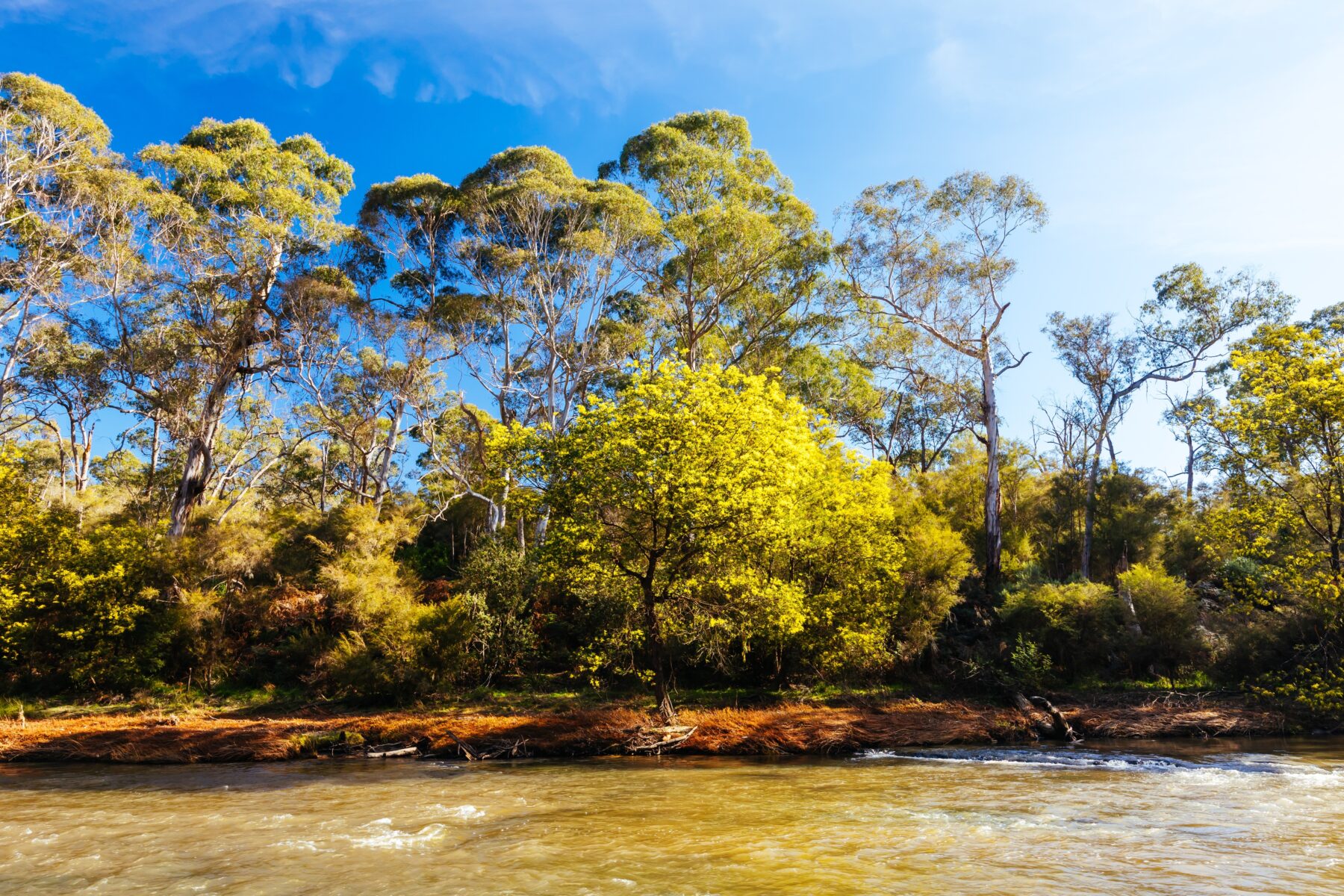
The Republic of Ecuador was the first country to officially acknowledge the legal rights of Nature when its government included Nature’s “right to integral respect for its existence and for the maintenance and regeneration of its life cycles, structure, functions and evolutionary processes” in its 2008 Constitution.
Fast forward 16 years to 2024, and a total of 30 countries now have legal provisions recognising the Rights of Nature. These provisions take on many different forms, including local laws, national statutes and constitutional reforms.
Attracting the most attention has been the assigning of legal personhood to particular ecosystems, effectively giving them rights akin to any other legal person, including – among many things – the capacity to enter into contracts, incur debts, sue and be sued in their own right. Legal guardians are usually assigned to advocate for and represent ‘Nature’ in these cases.
Rivers as people
By far the most common ecosystems granted ‘legal personhood’ and other legal rights are rivers.
The rights of rivers work differently in each country and legal terms differ, due to different legal systems. For example, in Aotearoa New Zealand, the Whanganui River has been granted ‘legal personhood’, as has Canada’s Magpie River. In India, both the Ganges and Yamuna rivers are classified as a ‘living person’, while in Brazil, the River Vermelho, River Laje and Mosquito River are all ‘a subject with rights’. The list goes on…
Here in Australia, the Yarra holds the legal status of a ‘living entity’.
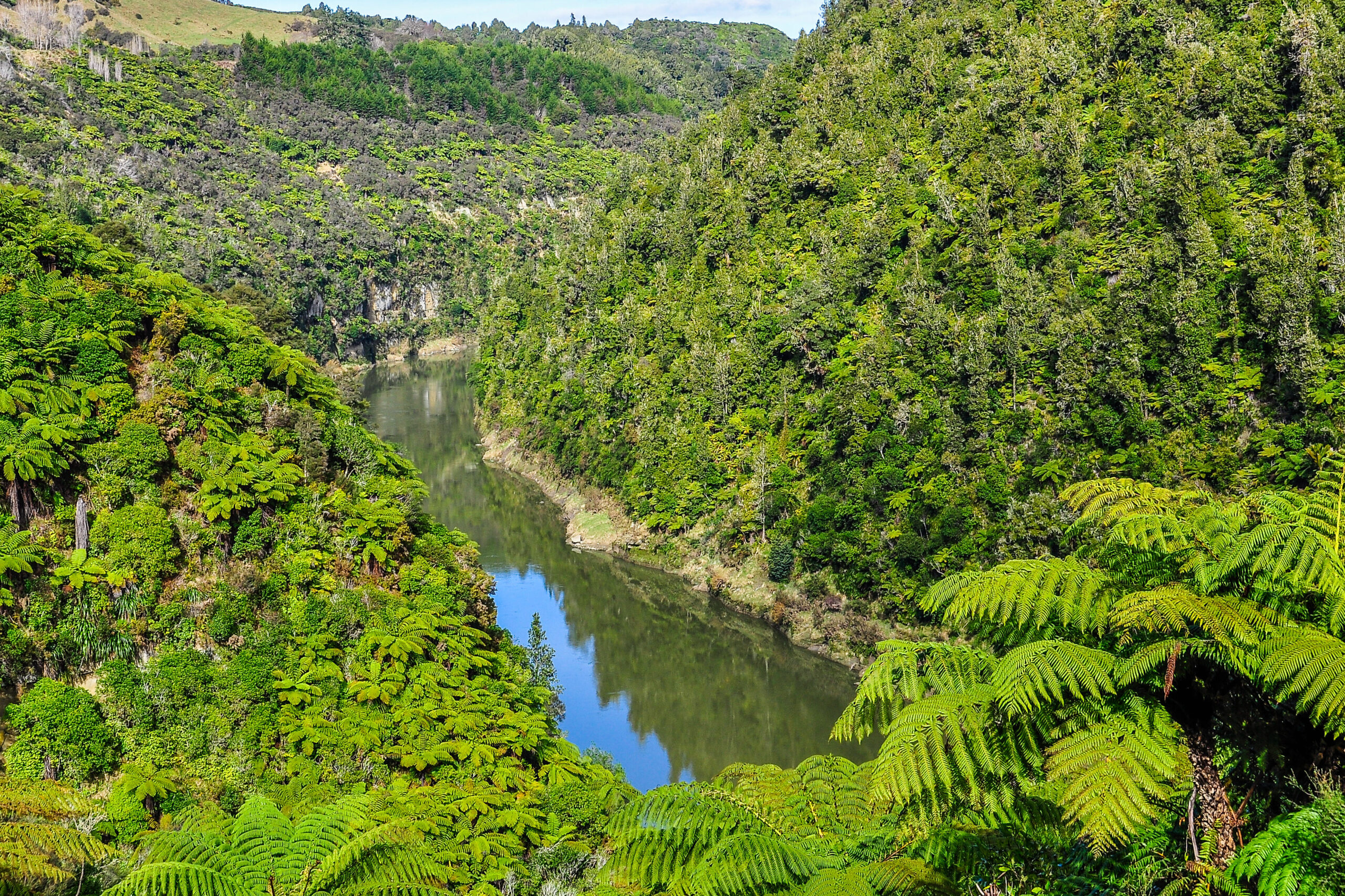
What is a ‘living entity’?
So, what does this ‘living entity’ status actually mean for the Yarra?
“It’s complicated,” says water law and policy expert Erin O’Donnell. If there’s one person who thoroughly understands the legal intricacies of this, it’s Erin. She’s also a Senior Lecturer and ARC Research Fellow at the University of Melbourne Law School. Erin has also been a member of the Birrarung Council (The voice of the Birrarung) since its formation in 2018.
“The ‘living entity’ is a formal acknowledgement in law that the river and its lands are alive, which is profound,” explains Erin, before offering this analogy: “It’s like recognising that animals are alive and sentient for the purposes of animal welfare protection, so when that was recognised, we stopped treating them just as resources to be exploited. We acknowledge that they have needs and feelings and agency. So we’re acknowledging the same thing with the river.
“But where that analogy breaks down is that animal welfare places a lot of obligations on people to do specific things, whereas the Birrarung legislation at the moment is a little bit obtuse about the specific obligations that relate to the status as a ‘living entity’.”
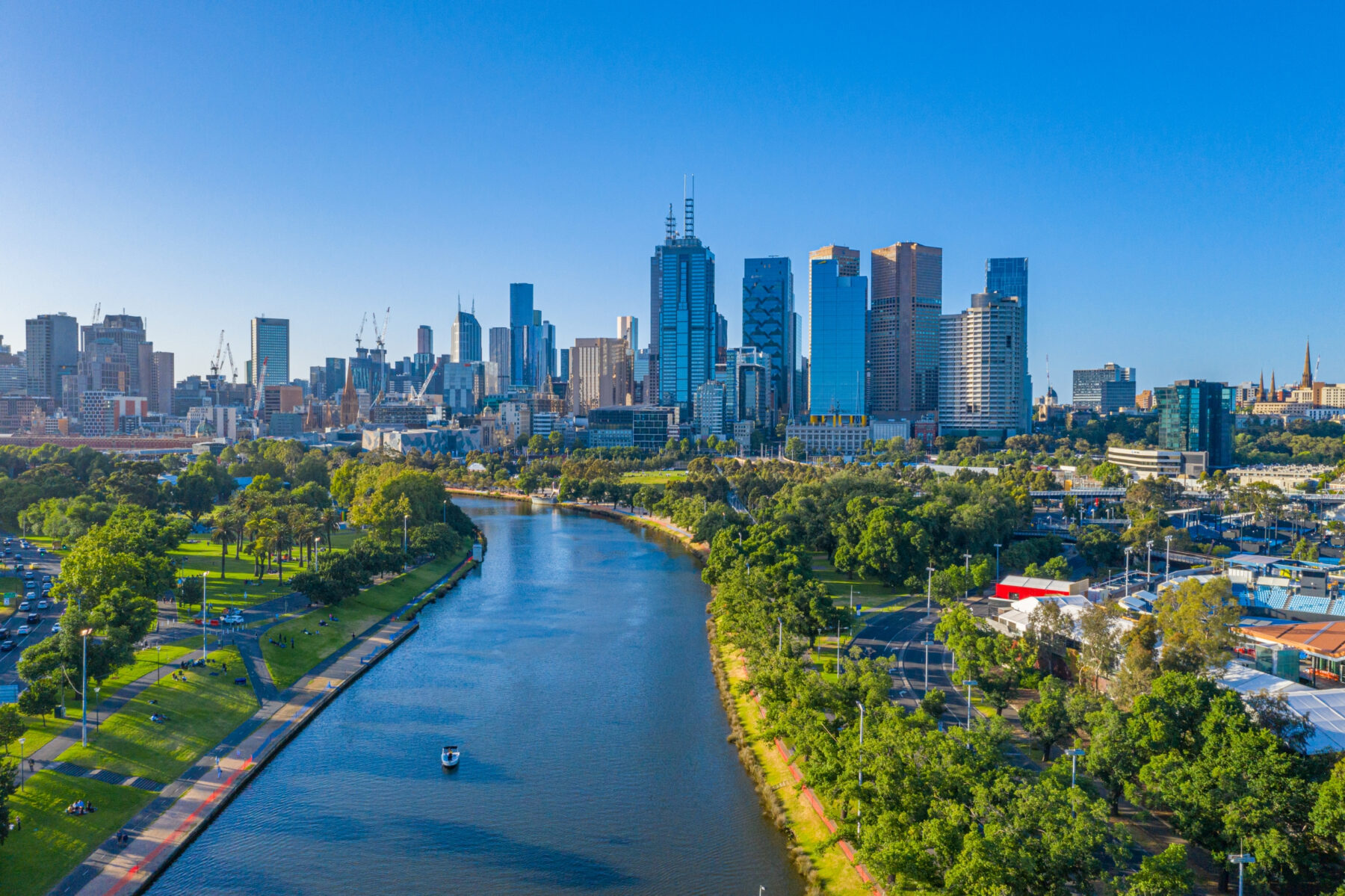
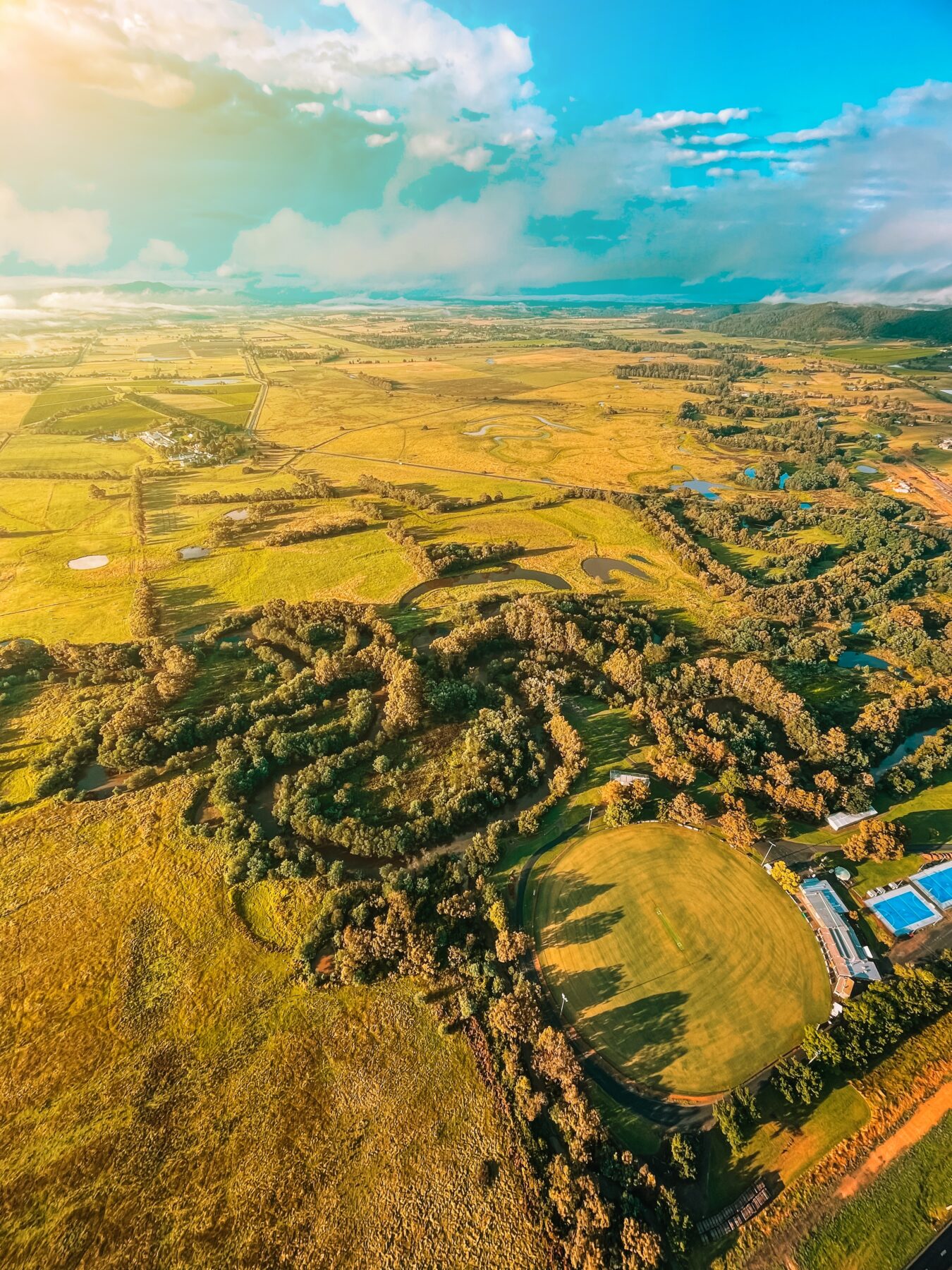
There are several tangible protections afforded to the river through the legislation. These include city planning controls placing limits on how close buildings can be to the river, and height limits on buildings proximate to the river.
But Erin says the ‘living entity’ status does something much more profound.
“It says the river is not just a resource for human domination and exploitation, it is a living being with whom we are in a relationship. And so it requires us to say, ‘Well, what kind of relationship do we want to have with this river?’
“And that’s where the 50-year community vision comes in.”
The community vision
The 50-year community vision was created by more than 2500 representatives of the Victorian community. It expresses the community’s hopes for the river and provides strategic frameworks to protect the waterway.
“It’s a community statement saying, ‘This is the future we want to co-create with this living river’,” says Erin.
The community representatives were chosen through a number of different engagement processes, carried out by water authority Melbourne Water – the lead agency under the Birrarung legislation.
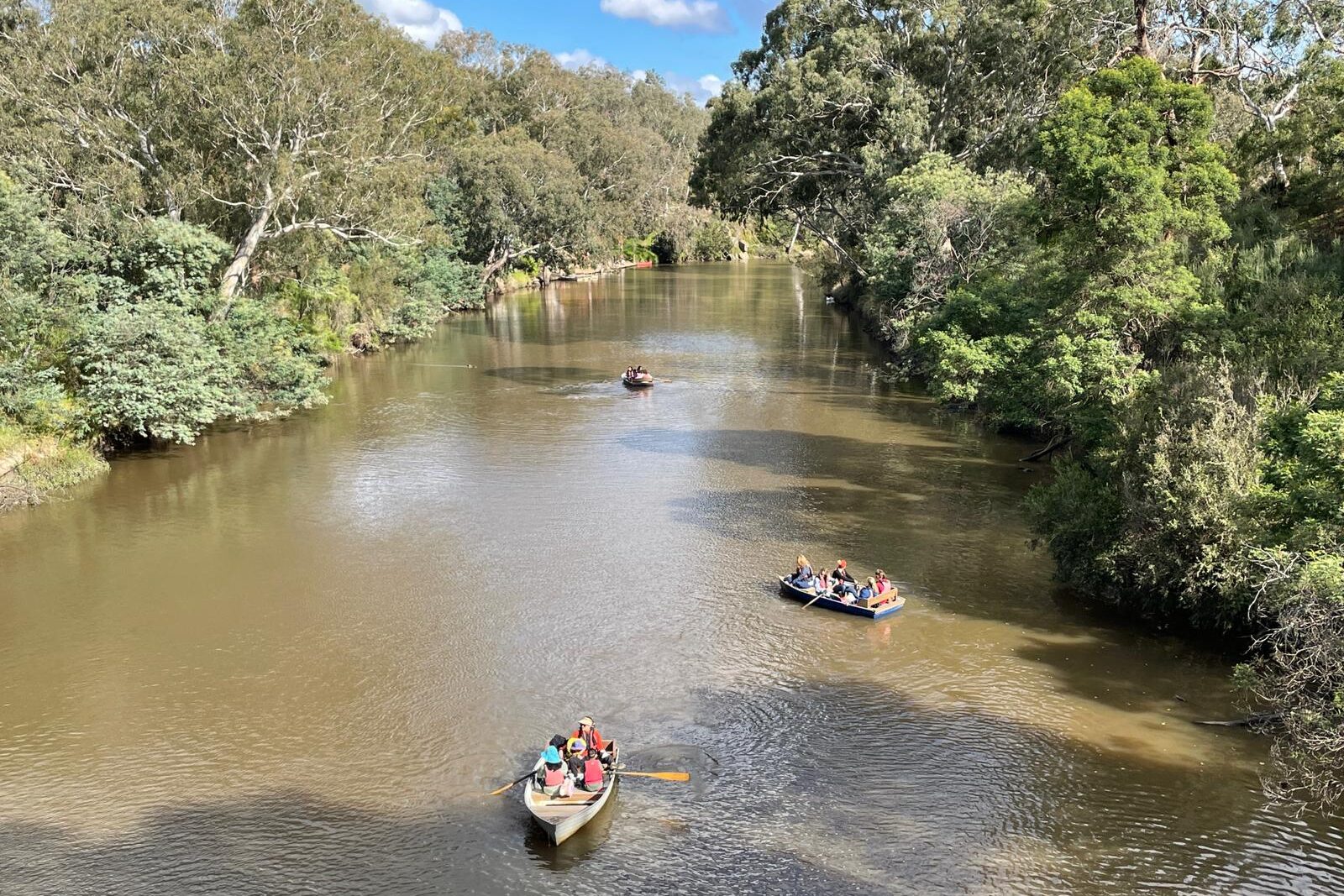
“All up and down the Birrarung – from the upper catchment right up in the mountains all the way down to the mouth – they engaged with the community. There was a kind of citizens jury – that wasn’t what it was officially called, but that was basically what it was,” says Erin.
“It was a group of people who were appointed to represent the various and diverse communities up and down the river. And they gathered multiple times. They spent time with Wurundjeri Woi-wurrung, they spent time with local governments and planning officials, and they learnt a lot about the river and then wrote the community vision, which then itself was tested with the much wider community as well.”
“It was a really well done community engagement exercise, and it delivers a lot of legitimacy to this legislation.”
The 50-year community vision is not legally binding, but is given effect by the Burndap Birrarung burndap umarkoo (Yarra Strategic Plan) 2022–32. In Woi-wurrung language, Burndap Birrarung burndap umarkoo means, ‘Good for the Yarra is good for all’. It’s a 10-year plan outlining how collaborative management will protect the river and its lands as one living, integrated natural entity.
“This is where the legally binding stuff comes in,” says Erin. “Every 10 years there must be a Yarra Strategic Plan that will give effect to the community vision in new increments.”
The voice of the river
Separate to the 50-year community vision and the Burndap Birrarung burndap umarkoo Yarra Strategic Plan is Birrarung Council – an independent statutory body established under the Yarra Protection Act back in 2017.
Dubbed ‘The voice of the Birrarung’, the council champions the interests of the river and provides advice to the Victorian government and the state Minister for Water on the preservation, improvement and protection of the river and its lands.
Members of the Birrarung Council include Traditional Owner Elders, experts in various fields relevant to the river and key community members.
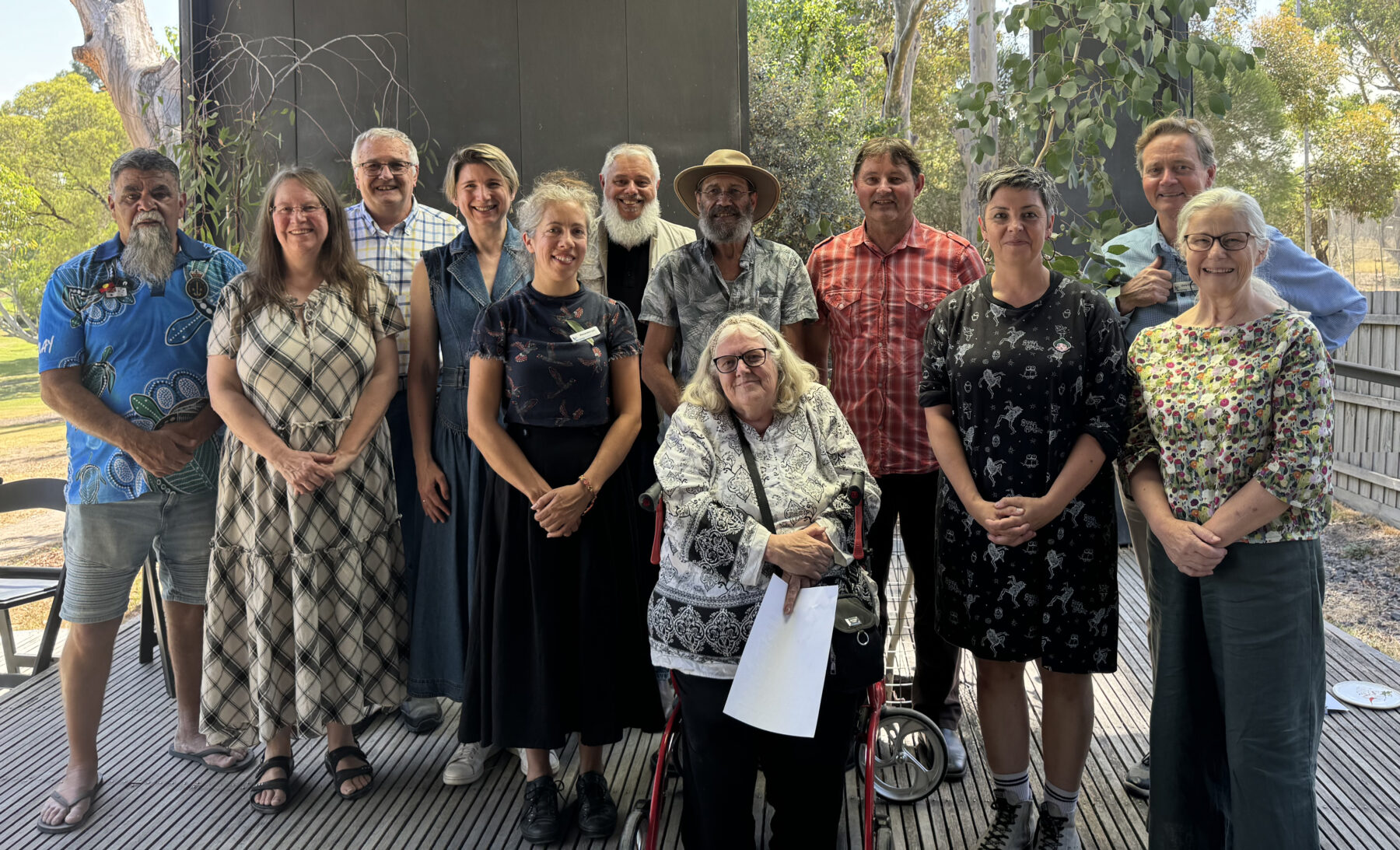
Always was, always will be
Two Traditional Owner groups hold custodianship of the Birrarung – the Wurundjeri Woi-wurrung are the people of the vast majority of the river and its lands, and the Bunurong are the people of the mouth of the river. The Birrarung is central to the identity of both groups.
It was Wurundjeri Woi-wurrung leaders who drove the fight to get the river recognised as a living entity in Victorian state law, just as it is in traditional law.
“Back in 2017 it was those leaders conveying the idea that this river is alive; that’s how they’ve always known the river – as a living being,” explains Erin. “That’s how their law acknowledges the river, and so they wanted that idea in the law of the settler state, which is now the Birrarung legislation.”
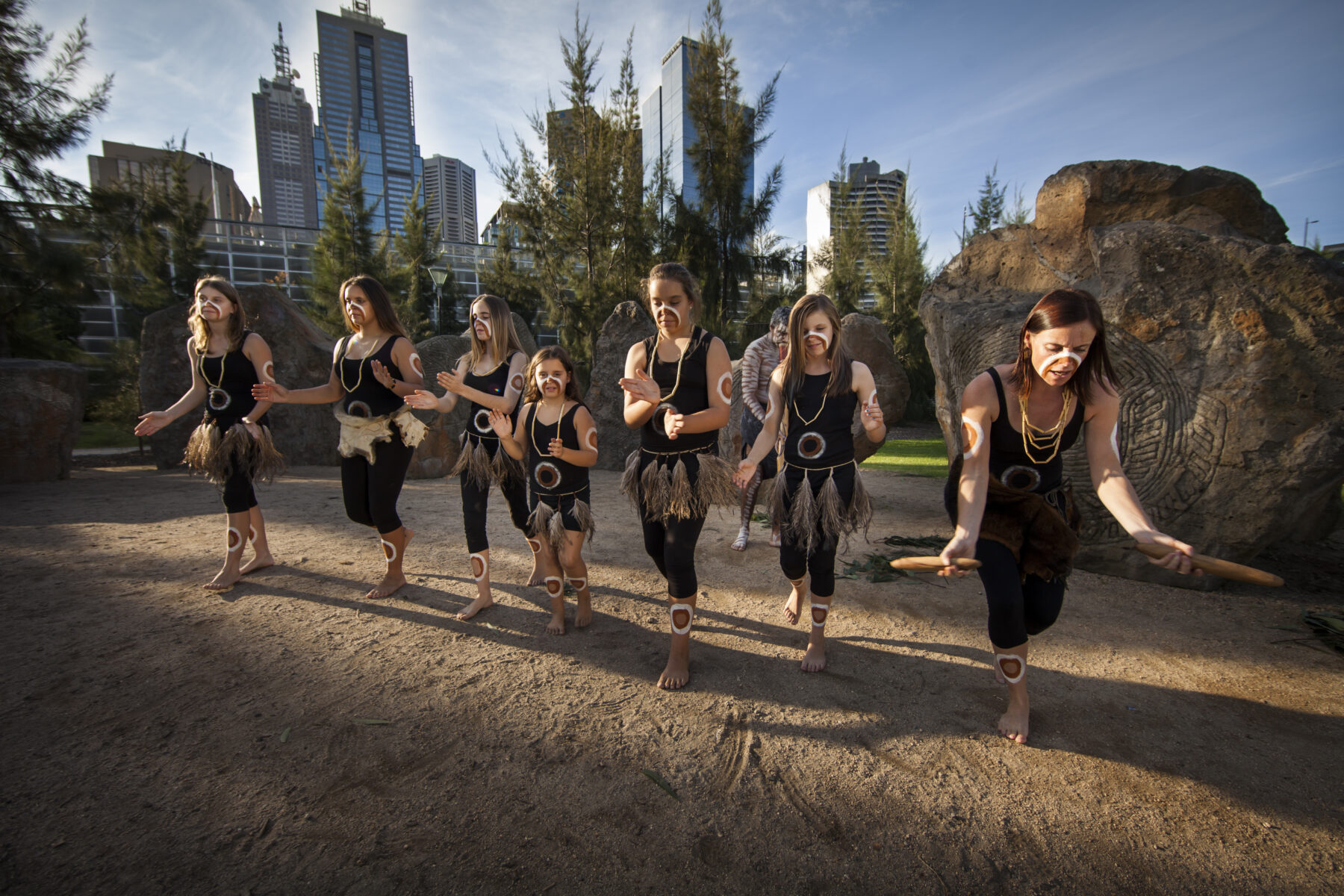
A slow burn
“Understanding the river as a living entity is a really big idea,” says Erin, describing the success of the Birrarung legislation as a “slow burn”.
“The lack of legal rights of the Birrarung as a ‘living entity’ means that you can’t go to court and necessarily enforce the idea. But this also means that it’s quite a gentle idea, so people don’t feel threatened by it.”
Erin says there are examples overseas where Rights of Nature laws have failed due to being implemented too fast or too soon, such as in cases of ‘legal personhood’.
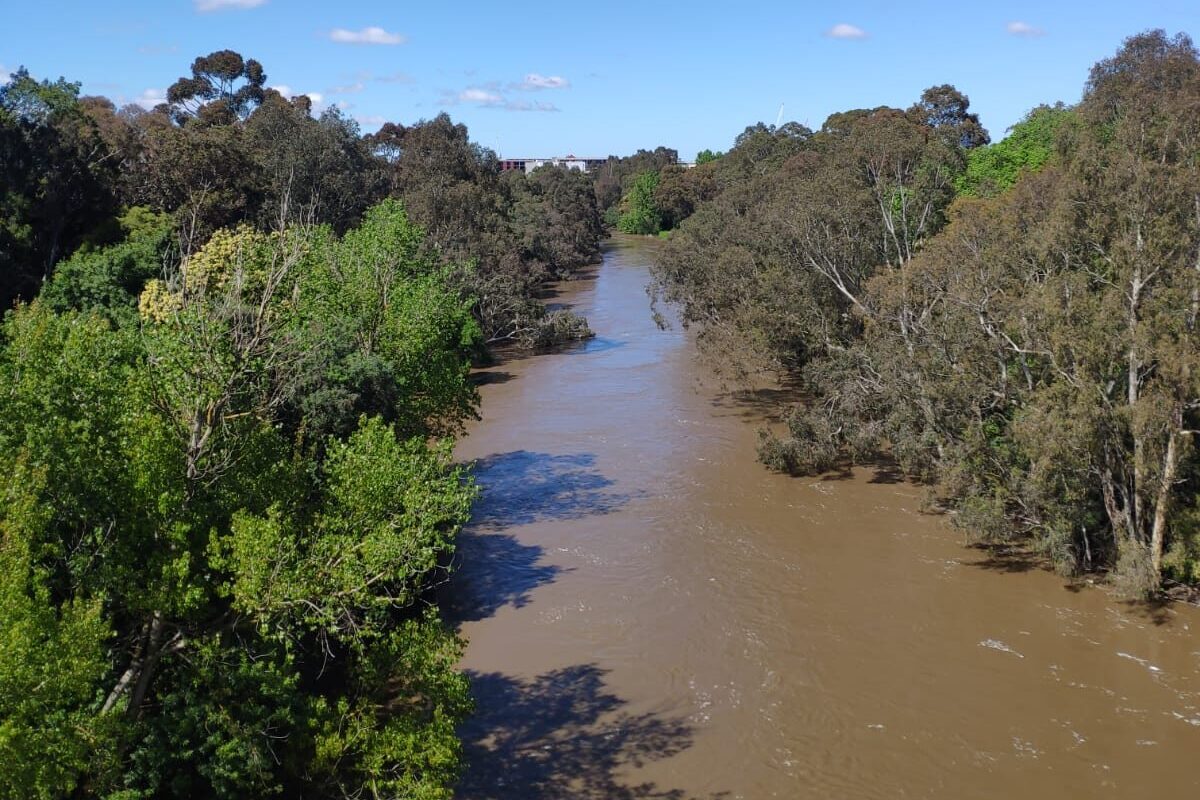
“What we see overseas – and Whanganui (NZ) is a kind of exception here – is that almost everywhere where Nature has received rights, there has been a backlash, particularly in places like the US where we see communities basically fracture once natural entities receive legal rights. Some parts of the community see it as a weapon pointed at them. Most of the time, they immediately legally challenge, and in most cases, they win, so the rights disappear again.
“That’s not happening with the Birrarung. Here, this transformative idea is inspiring people to think very differently about what the river is and what it should be, and about what our relationship with the river is.”
Flow-on effects
“In terms of its precedent value, the Birrarung legislation is extremely high,” says Erin, “and this is an idea that people are very excited about.”
In 2020, hot off the heels of the 2017 Yarra/Birrarung decision, the Victorian government declared the lands along the Great Ocean Road ‘to be a living and integrated natural entity’ in its Great Ocean Road and Environs Protection Act 2020.
Remarkably, the Victorian government has also recently committed to new legislation recognising all of the state’s waterways as living entities. “They said they would put legislation to Parliament by September 2025 and we’re coming up to that now,” Erin says.
“The other thing that is happening in Australia at the moment is there are negotiations underway for a new national water agreement between the states and the federal government,” says Erin. “Part of that process has involved releasing quite a large number of draft principles for consultation. One of those principles is to recognize all waterways across Australia as living entities.
“So the Birrarung legislation has established itself as an Australian first, and governments see it as a success. This is an idea that resonates.”
